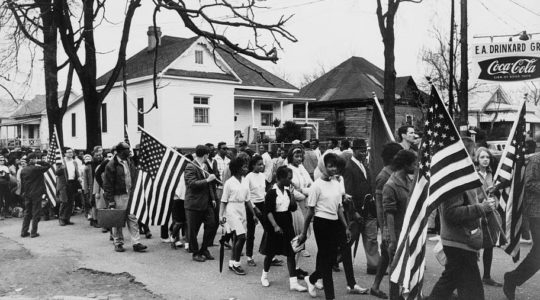Geoffrey Harm, a leader of the pro-fascist British League of Ex-Servicemen and an aide of Sir Oswald Mosley, pro-war leader of the British fascist movement, was today released on $100 bail following his arrest last night at a meeting of the League, attended by 2,000 persons. He will be tried on October 10.
The request for postponement of the trial until Oct. 10 was made by a detective inspector from Scotland Yard who said that the public prosecutor wished to try Hamm on this charge at the same time that an earlier and similar charge is scheduled to be heard.
Meanwhile, the council of Hackney Borough, where the League has been conducting its anti-Semitic meetings for the past few months, has decided to send a second deputation to Home Secretary James Chuter Ede asking him to halt the meetings. Several weeks ago the council took similar action, but without results.
The South London Borough of Croydon, where fascist meetings have been fairly frequent recently, is considering a resolution of the local trades council demanding that no public halls be rented for fascist meetings.
After Hamm’s case was heard today, the magistrate, Daniel Hopkin, dismissed charges against an 18-year-old Jewish student who was accused of having used insulting words during an earlier fascist meeting. Hopkin, who ordered the student, Leonard Rosenstein, to pay the two dollars court costs, said that it could not be expected that the Jews should “put on kid gloves” at the anti-Semitic speakers.
During his speech and later, many of his supporters yelled: “We want Mosley.” Opposition voices drowned them out as Jews and other demonstrators shouted: “Down with fascism.” The police broke up the meeting which was one of the largest ever held in the East End section of London.
JTA has documented Jewish history in real-time for over a century. Keep our journalism strong by joining us in supporting independent, award-winning reporting.
The Archive of the Jewish Telegraphic Agency includes articles published from 1923 to 2008. Archive stories reflect the journalistic standards and practices of the time they were published.



